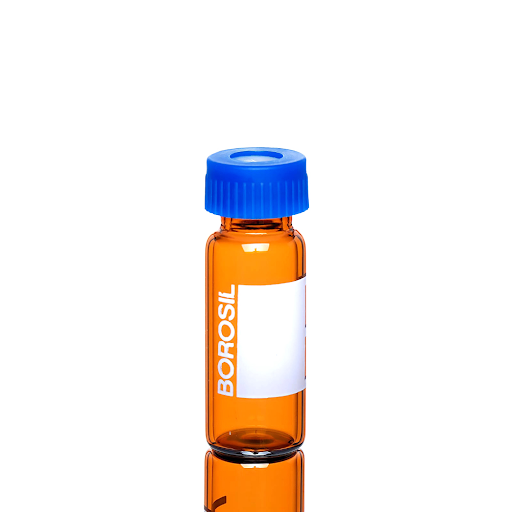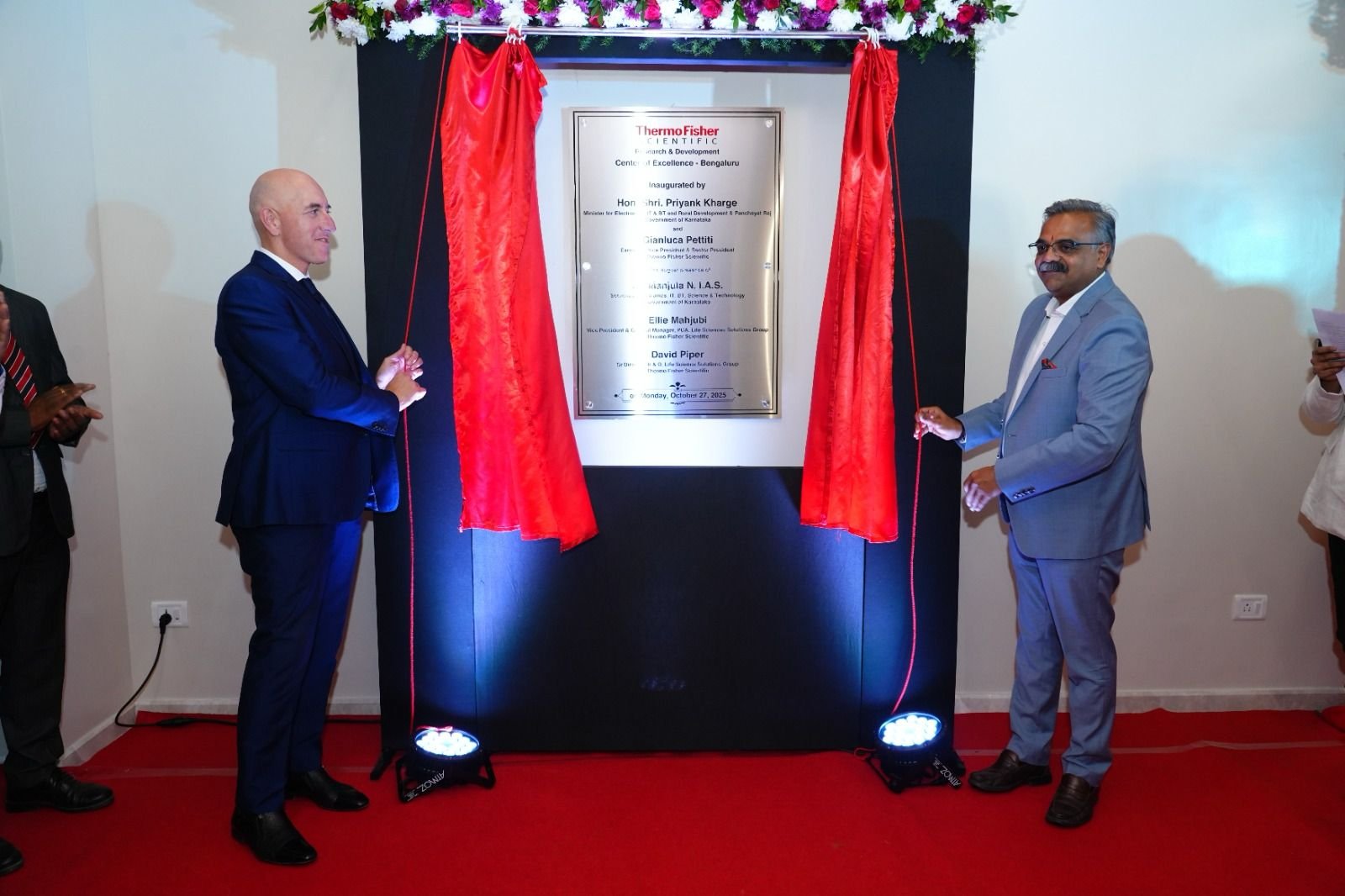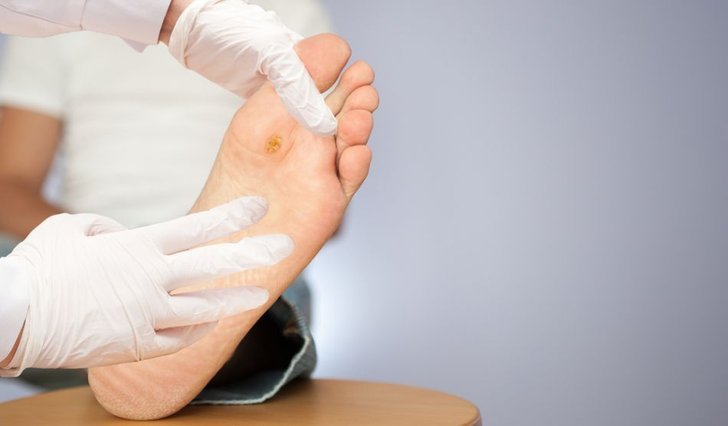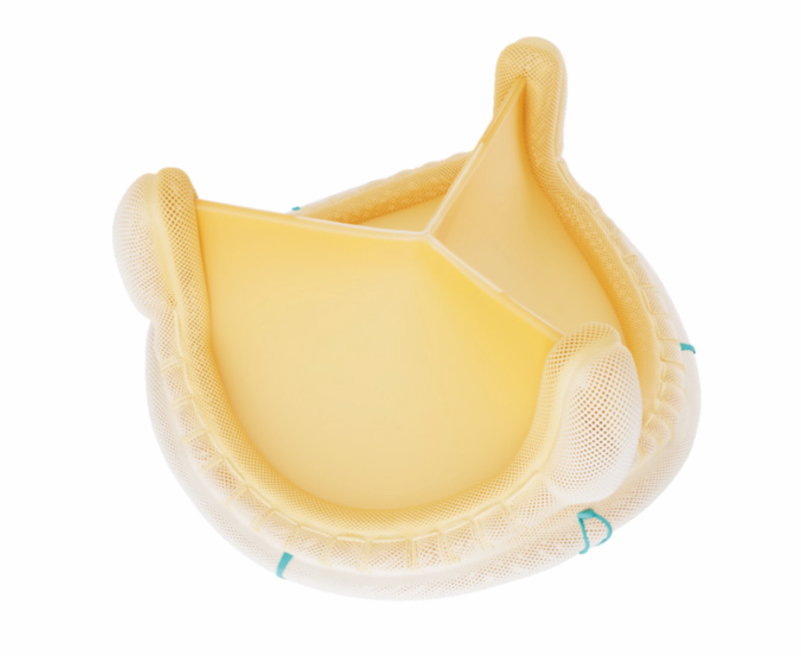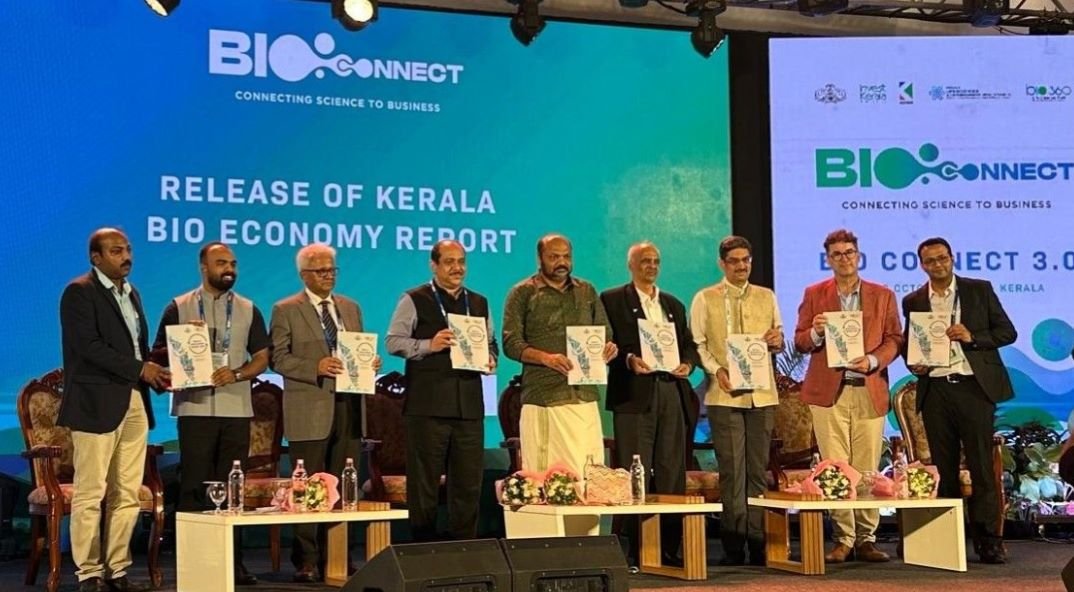How to Choose the Right Laboratory Vial for Your Experiment?
August 22, 2025 | Friday | News
The choice of laboratory vial is critical to reliable analytical testing, sample integrity, and regulatory compliance. Vials are required to be of high material, sealing, and dimensional specification to be consistent and reliable in use, whether in high-performance liquid chromatography (HPLC), gas chromatography (GC), or sample storage.
This guide explains the different types of laboratory vials, their applications in analytical chemistry, and how to select the best option based on sample type, instrument compatibility, and closure type.
Everything You Need to Know about Laboratory Vials
Laboratory vials serve as sample containers in various analytical processes, playing a crucial role in preserving chemical composition, preventing contamination, and maintaining analytical accuracy. Some of the most common functions of laboratory vials are as follows:
Key Functions of Laboratory Vials
- Chemical Stability: Ensures compatibility with solvents, acids, and bases used in analytical methods.
- Sealing Integrity: Prevents evaporation, contamination, or leakage during storage and analysis.
- Instrument Compatibility: Designed to fit autosamplers for HPLC and GC applications.
- Regulatory Compliance: Must meet ISO 15378 certification standards for pharmaceutical and chemical testing.
Types of Laboratory Vials Based on Applications
|
Vial Type
|
Application
|
Sealing Type
|
Typical Volume
|
|
HPLC Vials
|
Chromatographic analysis (HPLC)
|
Screw Cap / Crimp Top
|
1.5mL - 2mL
|
|
GC Vials
|
Gas Chromatography (GC)
|
Crimp Top
|
1.5mL - 2mL
|
|
Treated / pH Sensitive Vials
|
For reactive or pH-sensitive samples
|
Screw Cap / Crimp Top
|
1 mL - 100 mL
|
|
Certified Vials
|
USP-compliant pharma testing
|
Screw Cap / Crimp
|
5mL - 50mL
|
Comparing Screw Cap Vials vs Crimp Top Vials
Screw cap vials from Borosil Scientific and crimp top vials are the most common choices for analytical testing. Selecting between them depends on sealing requirements, handling convenience, and sample volatility.
|
Feature
|
Screw Cap Vials
|
Crimp Top Vials
|
Snap Top Vials
|
|
Sealing Strength
|
Moderate (reusable)
|
High (airtight, tamper-proof)
|
Medium to High (Depends on top type)
|
|
Ease of Handling
|
Can be opened and resealed
|
Requires a crimping tool
|
Easy to open and close
|
|
Evaporation Resistance
|
Suitable for low-volatility samples
|
Ideal for volatile solvents
|
Suitable for short term storage
|
|
Instrument Compatibility
|
HPLC and GC autosamplers
|
GC applications requiring airtight sealing
|
HPLC autosamplers with snap top support
|
- Best for HPLC applications: Screw cap vials with PTFE-lined closures.
- Best for GC applications: Crimp top vials to prevent solvent loss.
- Best for quick HPLC runs or routine sampling: Snap top vials for fast, manual access.
Material Considerations: Glass vs. Plastic Vials
Material selection impacts sample stability, chemical reactivity, and analytical precision.
|
Material
|
Properties
|
Applications
|
|
Borosilicate Glass (3.3 Expansion)
|
|
High thermal resistance, low alkali content
|
Suitable for high-temperature applications and lab glassware.
|
|
Borosilicate Glass (4.9 Expansion)
|
|
Enhanced chemical durability, lower thermal expansion
|
Pharmaceutical packaging, sensitive formulations.
|
|
Borosilicate Glass (5.1 Expansion)
|
|
USP Type I compliance, low extractables, chemically inert
|
|
HPLC, GC, pharmaceutical analysis
|
|
Amber Glass
|
UV-resistant, prevents light degradation
|
Light-sensitive compounds
|
- For volatile solvents: Choose borosilicate glass for low leachability and chemical stability.
- For light-sensitive samples: Use amber glass vials to protect against UV exposure.
Certified Sampling & Storage Vials: Ensuring Compliance
For pharmaceutical, chemical, and biological testing, certified vials from Borosil Scientific meet regulatory standards to ensure accuracy and reproducibility.
Key Features of Certified Vials:
- ISO “Class 8” Cleanroom Packing: Minimises particulate contamination.
- USP Type I Borosilicate Glass: Ensures low leachability and chemical purity.
- PTFE-Silicon Septa Caps: Provide airtight sealing for long-term sample stability.
- Amber Colour Protection: Shields light-sensitive compounds from degradation.
Certified vials are ideal for pharmaceutical working standards, chemical reference samples, and stability studies.
Selecting the Right Vial for HPLC and GC Analysis
- HPLC Vials to Maintain Sample Integrity and Autosampler Compatibility
- Must be made from low-extractable borosilicate glass.
- Volume range: 1.5mL - 2mL.
- Screw cap vials with PTFE/Silicone septa for minimal sample contamination.
- GC Vials for Evaporation Control and Precision Sealing
- Designed for gas chromatography and mass spectrometry (GC-MS).
- Crimp top vials are preferred for airtight sealing of volatile samples.
- Septa should be thermally stable for high-temperature GC analysis.
Best Practices for Handling and Storing Laboratory Vials
To maintain vial integrity and prevent contamination, follow these guidelines:
Storage and Handling
- Store in a clean, dust-free environment.
- Use vial racks to prevent breakage or misplacement.
Cleaning and Preparation
- Rinse new vials with HPLC-grade solvents before use.
- Avoid direct handling. Use tweezers or vial holders.
Sample Management
- Do not overfill vials. Maintain 20% headspace.
- Secure caps properly to prevent leakage or evaporation.
Key Considerations for Choosing the Right Laboratory Vial
|
Factor
|
Why It Matters
|
|
Chemical Compatibility
|
Prevents leaching, degradation, and contamination
|
|
Sealing Type
|
Ensures airtight protection for sensitive samples
|
|
Autosampler Fit
|
Prevents misalignment and cross-contamination
|
|
Regulatory Compliance
|
ISO 15378-certified vials for pharmaceutical use
|
- For trace analysis: Use low-extractable glass vials to avoid contamination.
- For long-term sample storage: Choose PTFE-lined screw caps to prevent moisture intrusion.
Conclusion
Selecting the correct laboratory vial from brands like Borosil Scientific is essential for sample integrity, analytical precision, and regulatory compliance. Whether used in HPLC, GC, or chemical storage, vials must be chosen based on material compatibility, sealing strength, and instrument specifications.
- For HPLC applications: Use screw cap and snap cap vials with PTFE/Silicone septa.
- For GC analysis: Opt for crimp top vials to prevent solvent loss.
- For pharmaceutical storage: Use ISO 15378-certified borosilicate glass vials.
By selecting the right vial for chromatography, sample storage, or reagent preparation, laboratories ensure reliable data, contamination-free workflows, and accurate analytical outcomes.


